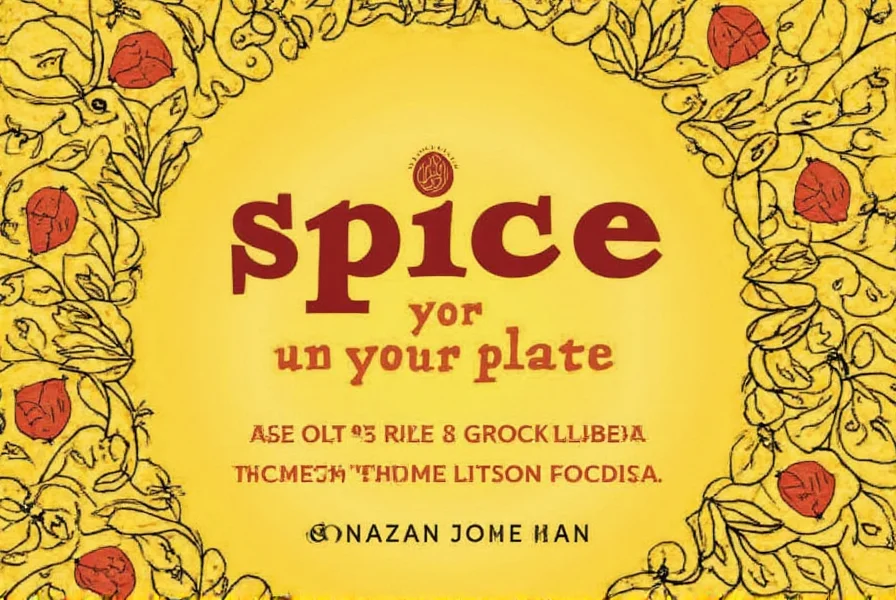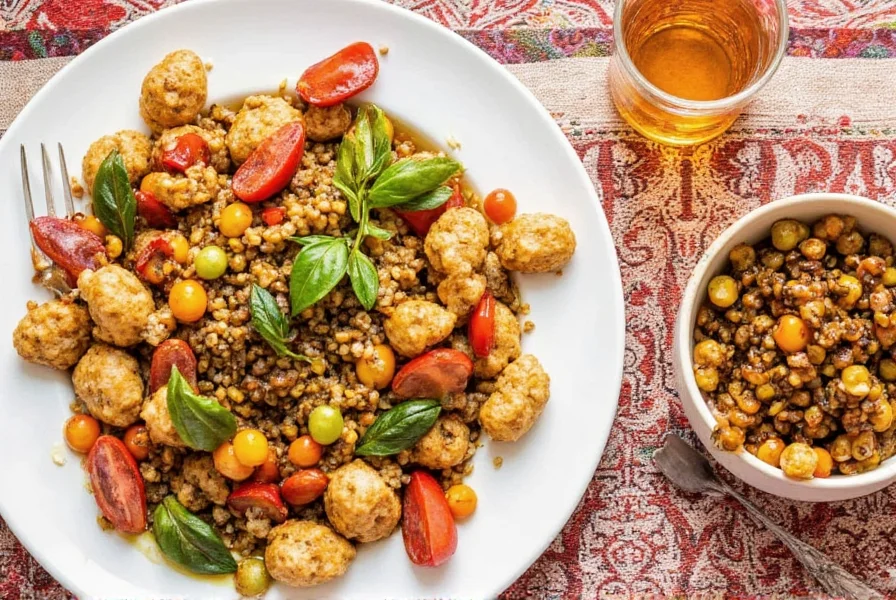African cuisine encompasses hundreds of distinct regional traditions across the continent. From North Africa's Mediterranean-influenced tagines to West Africa's vibrant jollof rice and Ethiopia's injera, the food of Africa reflects diverse histories, geography, and cultural practices. This guide explores the true nature of African cuisine beyond common misconceptions.
Table of Contents
- Introduction to African Cuisine
- Regional Diversity of African Food
- Core Ingredients and Spices
- Iconic African Dishes
- Frequently Asked Questions
- Conclusion
Introduction to African Cuisine
African cuisine is not a single culinary tradition but a mosaic of hundreds of distinct regional food cultures. Each region has developed unique cooking methods, ingredients, and flavor profiles shaped by climate, trade routes, and historical influences. Contrary to common misconceptions, African food ranges from delicate North African tagines to robust West African stews, with many dishes emphasizing vegetables, grains, and legumes rather than meat.

Regional Diversity of African Food
Africa's culinary landscape varies dramatically by region:
- North Africa: Mediterranean influences dominate with dishes like couscous, tagines, and harissa. Key ingredients include olives, preserved lemons, and saffron.
- West Africa: Known for bold flavors from chili peppers, peanuts, and palm oil. Staple dishes include jollof rice, fufu, and suya.
- East Africa: Features Indian Ocean influences with coconut milk, spices like cardamom, and dishes such as ugali and pilau rice.
- Central Africa: Relies on cassava, plantains, and forest-sourced ingredients like fufu and kwanga.
- Southern Africa: Combines indigenous ingredients with European influences, featuring dishes like bobotie and biltong.
Core Ingredients and Spices
While spices vary significantly by region, certain ingredients form the foundation of African cooking:
| Ingredient | Description | Regional Use | Culinary Role |
|---|---|---|---|
| Cassava | A starchy root vegetable | Central & Southern Africa | Base for fufu, garri, and tapioca |
| Teff | Nutrient-rich ancient grain | Ethiopia & Eritrea | Essential for injera flatbread |
| Palm Oil | Vibrant red oil from oil palms | West Africa | Key flavor base for stews and soups |
| Grains of Paradise | West African pepper substitute | West Africa | Used in spice blends for savory dishes |
| Korerima | Ethiopian black cardamom | Ethiopia | Essential for coffee ceremonies and stews |
Spice usage varies significantly by region: North Africa favors cumin and saffron, West Africa uses chili peppers and grains of paradise, while East Africa incorporates Indian-influenced spices like cardamom and cloves.
Iconic African Dishes
These dishes represent the diversity of African culinary traditions:
- Jollof Rice (West Africa): A one-pot rice dish cooked with tomatoes, onions, and spices. Regional variations exist between Nigeria, Ghana, and Senegal, each claiming the "best" version.
- Tagine (North Africa): A slow-cooked stew named after the clay pot it's cooked in, typically featuring meat, dried fruits, and aromatic spices like cinnamon and saffron.
- Injera (Ethiopia): A sourdough flatbread made from teff flour, serving as both plate and utensil for stews and vegetables.
- Suya (Nigeria): Spicy grilled meat skewers marinated in a blend of ground peanuts, chili peppers, and spices.
- Pilau (East Africa): Fragrant rice dish cooked with meat, spices, and sometimes coconut milk, reflecting Indian Ocean trade influences.

Frequently Asked Questions
Is African cuisine a single culinary tradition?
No. Africa has over 50 countries with distinct culinary traditions. What unites them is the use of local ingredients and traditional cooking methods, but each region has developed unique flavors. North African cuisine differs significantly from West African or Southern African traditions.
Is all African food extremely spicy?
This is a misconception. While some regions like West Africa use significant heat, many dishes focus on complex flavor profiles. North African tagines emphasize aromatic spices like cinnamon and ginger rather than spiciness. The diversity of African cuisine means heat levels vary widely across regions.
What are common misconceptions about African food?
The biggest misconception is that African cuisine is a single entity. Others include: all African food is meat-based (many traditional dishes are plant-based), all is "spicy" (heat levels vary), and European influences dominate modern African cooking (traditional techniques remain central even as cuisines evolve).
What makes African cuisine unique?
African cuisine's uniqueness comes from its deep connection to local ecosystems and cultural traditions. Many dishes use indigenous ingredients like teff, cassava, and moringa that aren't common elsewhere. Cooking techniques such as slow-cooking in clay pots (tagine) or fermenting grains (injera) reflect centuries of adaptation to local environments.
How can I start exploring African cuisine?
Begin with accessible dishes like Moroccan chickpea tagine or West African peanut soup, which use ingredients commonly found in supermarkets. Focus on one region at a time rather than trying to cover the entire continent. Many African dishes are one-pot meals that are surprisingly approachable for home cooks.
Conclusion
African cuisine represents one of the world's most diverse and historically rich culinary traditions. Far from being a single monolithic cuisine, it encompasses hundreds of distinct regional food cultures shaped by geography, history, and cultural exchange. From the aromatic tagines of Morocco to the vibrant jollof rice of West Africa, each dish tells a story of adaptation, innovation, and cultural identity. Exploring African cuisine offers not just new flavors but a deeper understanding of the continent's incredible diversity.










 浙公网安备
33010002000092号
浙公网安备
33010002000092号 浙B2-20120091-4
浙B2-20120091-4